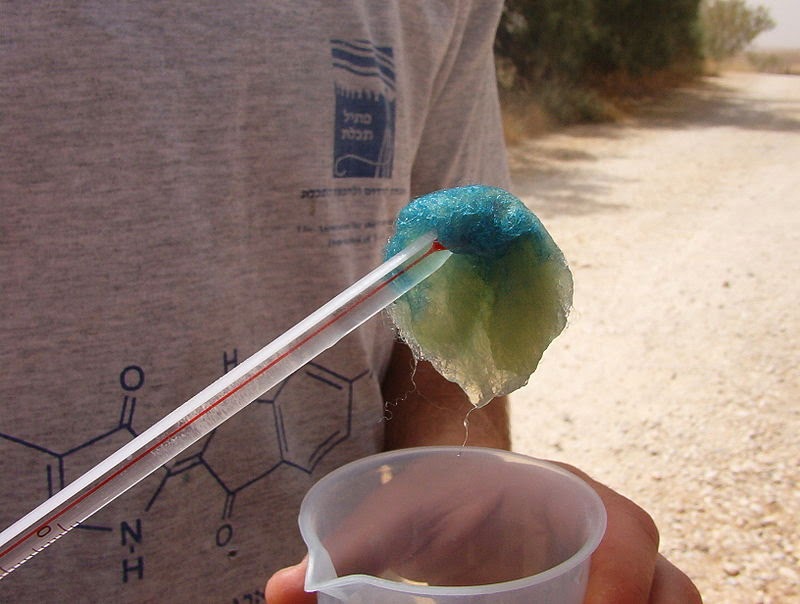Is the sky blue? That’s in the eye of the beholder.
 |
| Midsummer, by Carol L. Douglas |
The sky, by convention, is blue, but it’s not an even sheet of blue like a recently-painted wall. On a clear day, it’s more turquoise at the horizon, more violet at the zenith. Except when a line of gold or pink sits offshore, or it’s full of moisture and a solid blue-grey. The sky, like the ocean, is big enough to do anything it wants.
Anyone who hangs around with kids has learned the scientific explanation of why the sky is blue. Our sun produces yellow light because its surface temperature is 5,500°C. Still, we don’t have a yellow sky, for the most part. Sunlight reaches Earth’s atmosphere and is scattered in all directions by the gases and particles in the air. Blue light is scattered more than the other colors because it travels as shorter, smaller waves. There’s a lot of that going on, which is a good thing, because it means our planet home is protecting us from deadly high-energy radiation. That’s a nice, pat explanation and it certainly satisfied me when I was little.
 |
|
A prism refracting and reflecting an incoming beam of uniform white light, after Newton, courtesy Wikipedia. It’s violet, not blue, that’s at the bottom.
|
It wasn’t until recently that I noticed that this doesn’t match what Isaac Newton discovered about the visible light spectrum back in 1665. Blue is not the shortest wavelength in the visible spectrum; indigo and violet are shorter. So why isn’t our sky violet? For that matter, how do I know that it isn’t violet? Do I believe it is blue because people tell me that?
In reality, the spectrum of skylight, when analyzed, is about equal parts violet and blue. While daylight is actually a complex spectrum, it’s dominated by the color range that falls between 400 nanometers (violet) and 450 nanometers (blue). That falls neatly into the human eye’s response range, which is about 380 to 740 nanometers. So why have we all decided the sky is blue?
 |
| Off Ogunquit, by Carol L. Douglas |
We have cones in our eyes for detecting color. There are three kinds. Long cones detect yellow at 570 nanometers, medium detect green at 543 nanometers, and short cones detect blue-violet at 570 nanometers. But we perceive up to 10 million colors, because these cones fire off in combination to distinguish the subtleties of color. (This is all happening in our eyeballs, not our brains, by the way.) Blue-plus-violet is perceived by the eye as blue plus an admixture of all colors, or pure white light.
Other animals must see the sky very differently from humans. Most of them only have two types of eye cones. Some birds and honeybees have receptors for ultraviolet light.
 |
| Sea Fog, by Carol L. Douglas |
More importantly, humans do not always see colors the same. Beyond the obvious issues of colorblindness, some tend to see less blue altogether. But mostly, it’s a question of paying attention.
Next time you go out on a beautiful day, pay attention to how many different shades of blue there are in the sky, depending on where you look. If you don’t feel that violet thrum deep down in your soul, I’ll be surprised.





